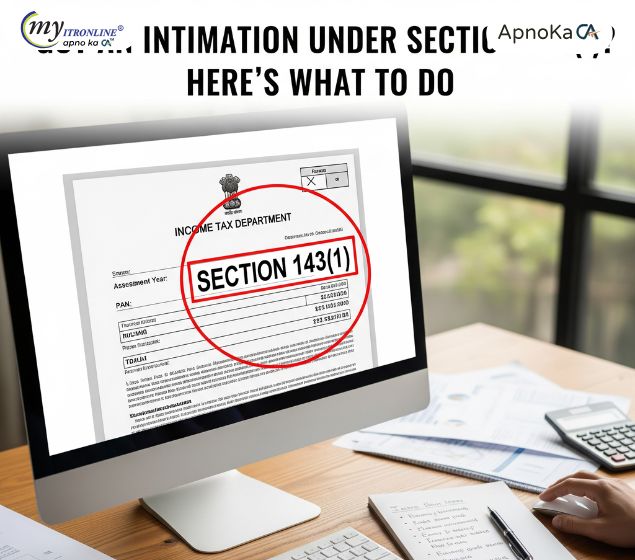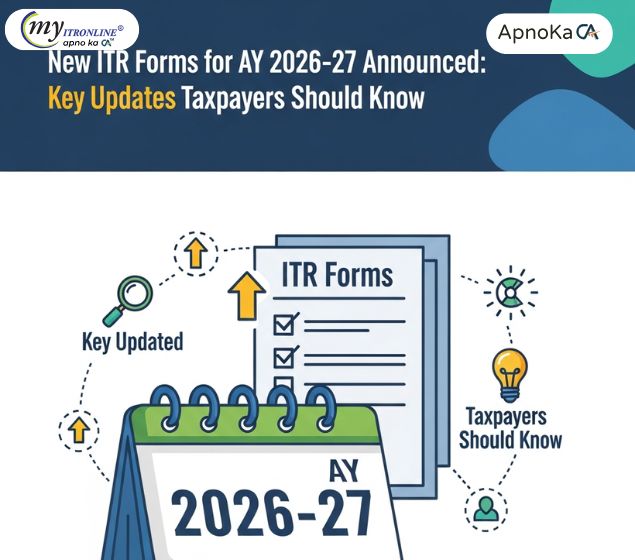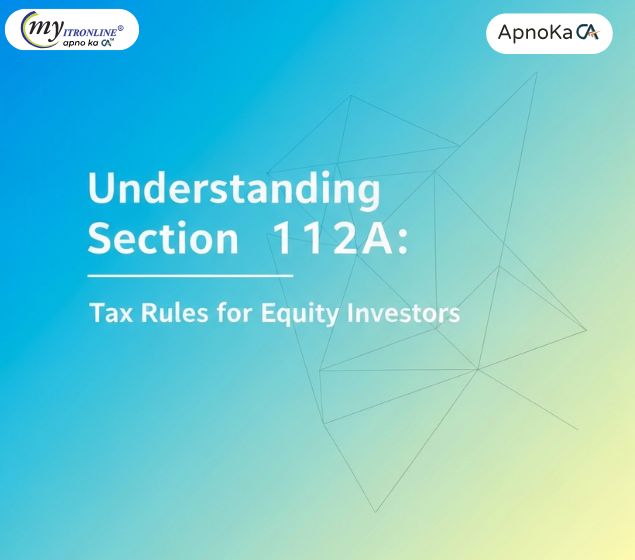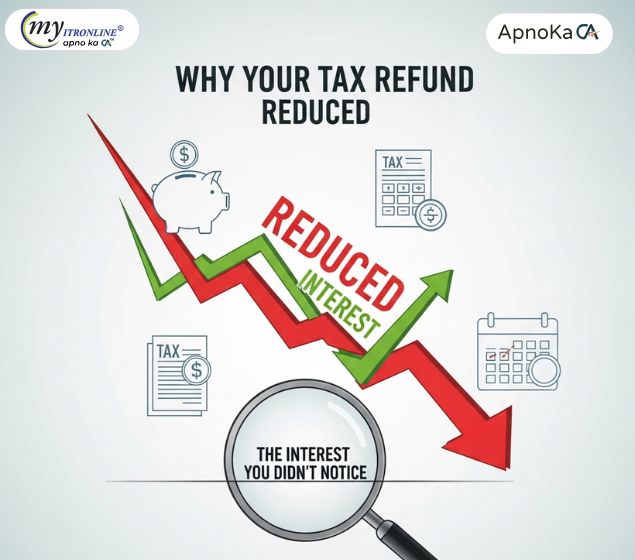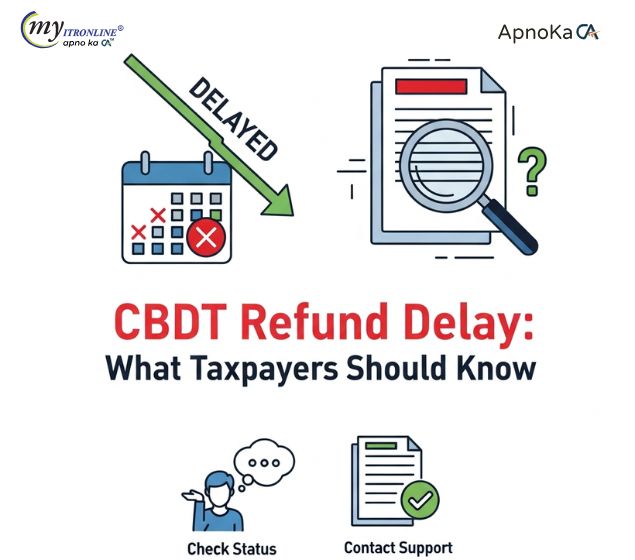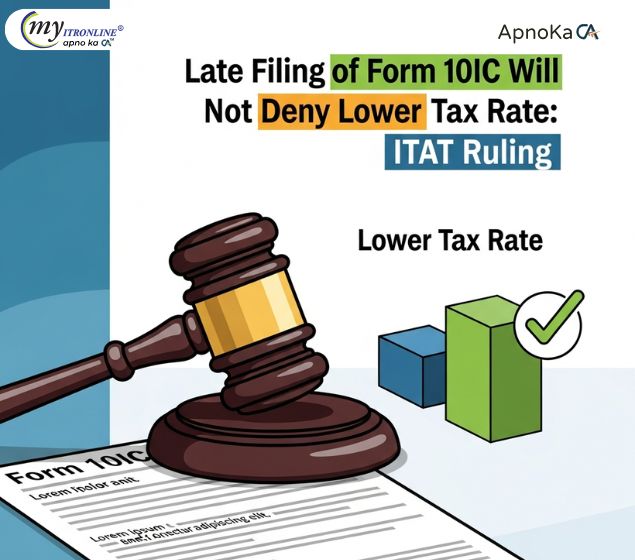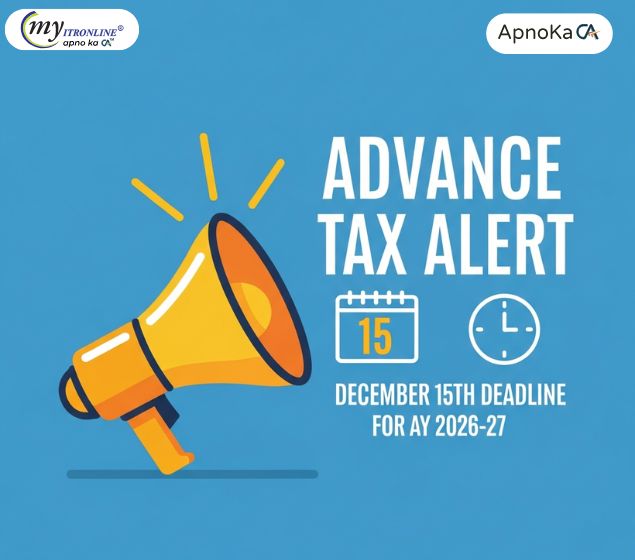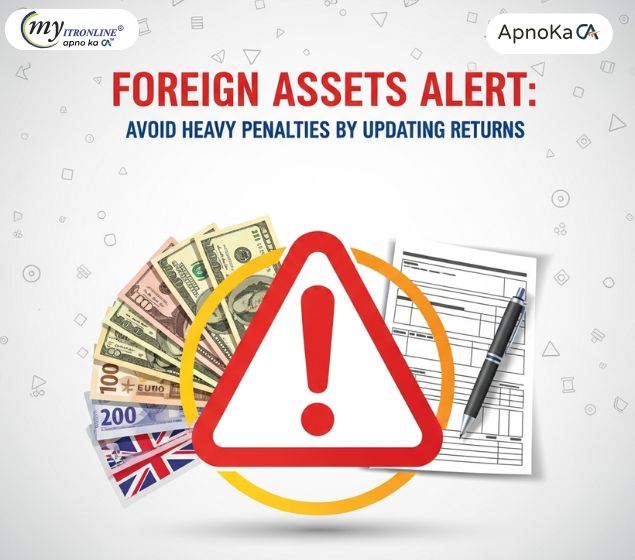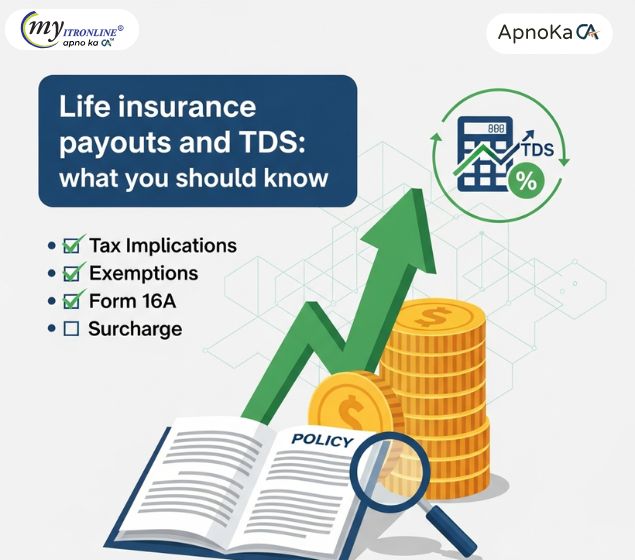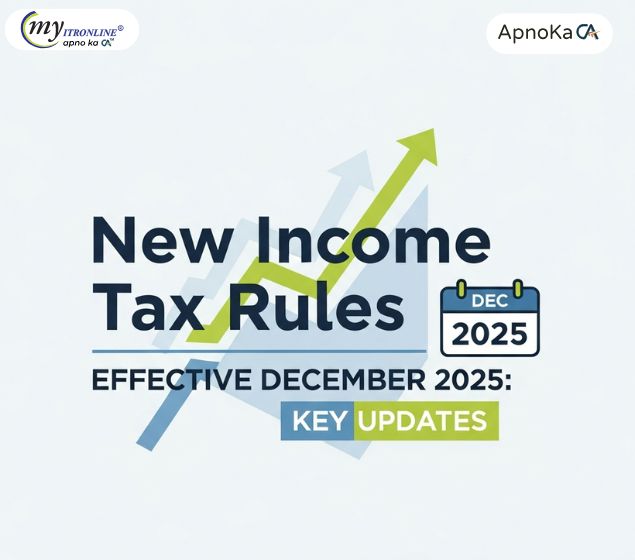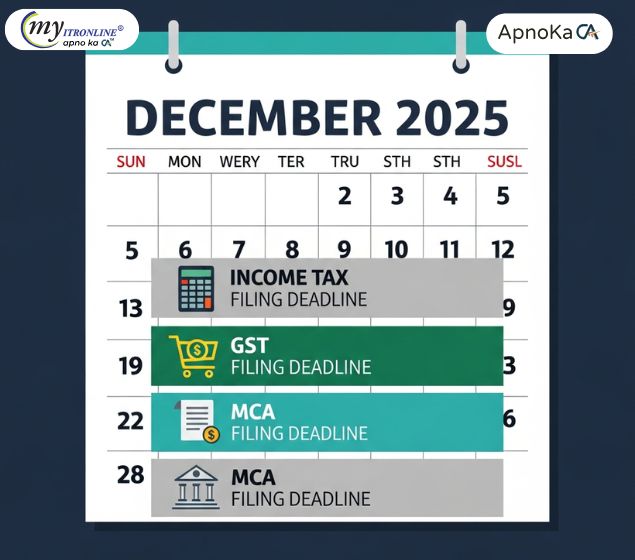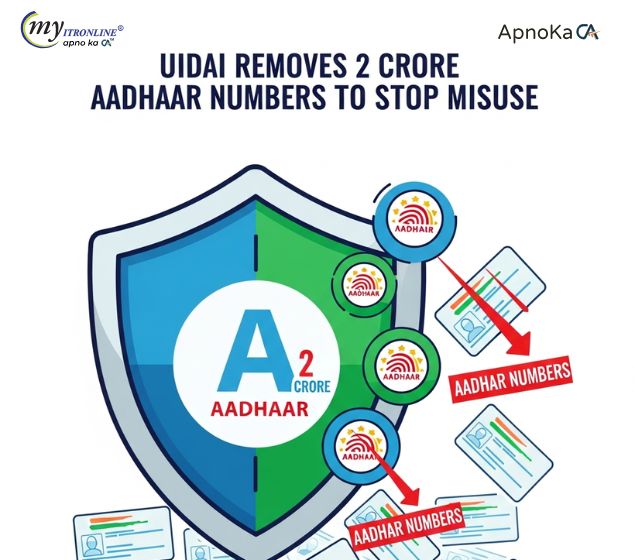How NRI Dividend Is Taxed in 2025 — Everything You Need to Know
In 2025, NRIs receiving dividend income from Indian companies face a flat 20% tax plus surcharge and cess, deducted at source. With the abolition of Dividend Distribution Tax (DDT), the tax burden now lies with investors. However, NRIs can lower this liability using DTAA benefits, proper documentation, and strategic tax planning. This blog breaks down dividend tax rules, TDS rates, refund claims, and smart investment strategies to help NRIs make the most of their India growth story.
.jpg )
You are an NRI who believes in India and is invested in the India growth story. But why does your dividend income suddenly look different? And are you making the best tax bets? Do you feel like you need more investment guidance? If these questions are keeping you up at night, you are not alone.
Here’s what’s changed… and why you need to pay attention. You own shares, mutual funds, or REITs that pay dividends. Suddenly your dividend slips and tax paperwork look different. That’s because India changed where the tax burden sits, how withholding works, and how NRIs are treated. This guide explains the rules that matter in 2025, what you’ll actually pay, how withholding (TDS) works, how to reduce tax at source legally, and practical planning steps.
Quick Summary
Since the abolition of Dividend Distribution Tax (DDT), dividends are taxed in the hands of the recipient. For NRIs, the basic rule in 2025 is: dividend income from Indian companies is taxable in India at a flat rate of 20% under special non-resident provisions, plus applicable surcharge and 4% health and education cess. The payer (company, AMC, or registrar) usually withholds tax under Section 195/194 at source; you can use a DTAA or apply for lower/nil withholding when eligible.
What Changed and Why You Should Care
Until 2019, the company paid Dividend Distribution Tax (DDT) and shareholders received dividends tax-free. That changed when DDT was removed and dividends became taxable in the hands of recipients. The practical consequences are:
- Resident investors now include dividend in their total income and pay tax at slab rates.
- For NRIs, a special tax regime applies, with a fixed rate for certain investment income.
- Payers are required to deduct tax at source (TDS) when paying dividends to non-residents.
That shift means more paperwork for NRIs, an upfront tax hit at source, and the need to check whether the country where you live has a Double Taxation Avoidance Agreement (DTAA) that can reduce the rate.
How Dividends Are Taxed for NRIs in 2025 — The Rules You Need to Know
1) Basic Tax Rate
Flat rate: Dividend income received by an NRI from Indian companies is taxed at 20% under the special non-resident provisions (Section 115A and related rules), subject to surcharge and 4% cess. This is a fixed rate applied to dividend income unless a DTAA provides a lower rate.
2) Surcharge and Cess
On top of the 20% base tax, an applicable surcharge (depending on aggregate income) may apply, and then a 4% health and education cess is added on the total tax plus surcharge. The Income Tax Department’s guidance limits surcharge exposure on some categories, but you must check your specific case.
3) Withholding (TDS) at Source
The payer (company, mutual fund AMC, registrar) will deduct tax at source when they pay a dividend to a non-resident. TDS obligations arise under Sections 194 and 195 (Section 195 is the general TDS provision for payments to non-residents). The typical withholding for dividends to NRIs follows the statutory non-resident rate unless the payer has documents to apply a lower DTAA rate or a certificate.
4) Role of DTAA (Double Taxation Avoidance Agreement)
If your country of residence has a DTAA with India and that treaty provides a lower withholding rate on dividends, you can claim that lower rate. To do that you must typically provide:
- A Tax Residency Certificate (TRC) from your country of residence, and
- Supporting documents (often Form 10F and identity proof), and sometimes a declaration of beneficial ownership.
If documentation is not provided, the payer will withhold at the statutory rate, and you can later claim a credit/refund by filing an Indian tax return.
Step-by-Step Example (Digit-by-Digit Arithmetic)
Say you receive a ₹100,000 dividend from an Indian company in 2025.
- Base tax at 20% = 0.20 × ₹100,000 = ₹20,000.
- Suppose surcharge is 15% of tax (this depends on total income) = 0.15 × ₹20,000 = ₹3,000.
- Subtotal (tax + surcharge) = ₹20,000 + ₹3,000 = ₹23,000.
- Health and education cess at 4% on subtotal = 0.04 × ₹23,000 = ₹920.
- Total tax liability = ₹23,000 + ₹920 = ₹23,920.
So on a ₹100,000 gross dividend, you would effectively pay ₹23,920, leaving you with ₹76,080 after tax in this example. If a DTAA gives a lower percentage and you meet documentation rules, the withholding may be smaller.
Withholding Practicalities — What You Will Actually See
- The company or AMC will show the gross dividend and tax deducted at source on the dividend advice / Form 16A. For NRIs, the payer will normally deduct tax before paying you.
- If you provided your TRC and other treaty documents ahead of payment, the payer might apply a reduced TDS rate at source. Otherwise, they will likely deduct at the statutory rate, and you will need to claim treaty relief or a refund later when you file.
Documents Needed to Reduce TDS
To get treaty benefits or lower withholding at source, typically provide these to the payer:
- Tax Residency Certificate (TRC) from your country of residence.
- Form 10F (information required under Indian rules).
- A declaration regarding beneficial ownership, if asked.
- PAN (if you have one). If you do not have an Indian PAN, tax is generally withheld at higher default rates, and you may face extra compliance.
What to Do If the Payer Withholds Too Much
- File an Indian income tax return and claim a refund or tax credit. NRIs can file an ITR in India to claim excess TDS back. The Income Tax Department’s portal and guidance show when return filing is mandatory.
- Alternatively, you can ask the payer to approach the Assessing Officer under Section 195 for a lower or nil withholding certificate before payment. That process often requires a CA opinion and can take time, but it solves persistent over-withholding.
Cross-Border Planning and Traps to Avoid
- Check DTAA Carefully: Some DTAAs cap dividend withholding at a specified percentage (e.g., 10% or 15%). Always read the treaty article and follow the documentation procedure.
- Distinguish Income Types: Dividend from Indian companies is treated differently from distributions by mutual funds, REITs, or income from foreign equities. Tax treatment and withholding can vary.
- PAN Matters: If you have an Indian PAN, withholding and compliance are smoother. Without a PAN, the payer may withhold at a higher rate. Obtain a PAN if you are eligible.
- Reclaim vs. Reduce at Source: Getting treaty relief at source is usually better for your cash flow than reclaiming excess TDS via a tax return. Plan ahead of the dividend payment date.
Where to Find More Authoritative Details
- Income Tax Department of India's official website for FAQs and forms.
- Professional tax firms and local tax advisors for treaty interpretations and complex surcharge calculations.
Practical Checklist for NRIs Receiving Dividends from India
- Are you eligible for treaty benefits? If yes, get a Tax Residency Certificate (TRC) from your country of residence before the dividend date.
- Submit the TRC, Form 10F, and other required documents to the payer (registrar/AMC/company) in time.
- If you expect regular dividends, consider applying for a lower/nil withholding certificate under Section 195 via a Chartered Accountant.
- Keep your PAN updated in the company/AMC records. No PAN often means higher TDS.
- File an Indian ITR if tax is chargeable in India to claim refunds or for compliance.
Investment and Tax Planning Ideas to Consider
- Prefer growth or accumulation options in mutual funds if you want compounding without periodic Indian withholding. Dividend payouts attract withholding; growth units do not until you sell.
- Use a portfolio allocation that balances tax efficiency and cash flow needs. For regular cash flow, factor in the withholding hit.
- For large holdings, consider structuring via FPIs or IFSC entities if appropriate, but do this only with professional advice.
Closing — What to Do Next
- Pull your dividend ledger for the last 12 months and note gross dividends and TDS.
- Check whether you provided a TRC and PAN to the payer before each payment.
- If you were over-withheld, plan to file an Indian ITR to claim a refund.
- For ongoing dividends, provide your TRC and Form 10F, or ask your payer about applying treaty rates at source.
- For personalized advice, consult with a qualified tax advisor who can review your specific situation, including your country of residence and investment portfolio, to help you optimize your tax position.
Disclaimer: This blog post is for informational purposes only and does not constitute financial or tax advice. Tax laws are complex and subject to change. Please consult with a qualified professional tax advisor for advice tailored to your individual circumstances.
FILING YOUR INCOME TAX RETURN F.Y 2024-25 (A.Y. 2025-2026) WITH MYITRONLINE
The income tax filing deadline is right around the corner. If you haven’t filed yet, do it today with Myitronline! Avoid last minute rush and file your tax return today on MYITRONLINE in Just 5 mins.(www.myitronline.com)
If you are looking for eCA assistance to file your income tax return/ GST, you can opt for MYITRONLINE eCA assisted plan starting
Upload Salary Individual Form-16
If you have any questions with filing your tax return, please reply to this mail. info@myitronline.com OR call 9971055886,8130309886.
Note-All the aforementioned information in the article is taken from authentic resources and has been published after moderation. Any change in the information other than fact must be believed as a human error. For queries mail us at marketing@myitronline.com
Krishna Gopal Varshney
An editor at apnokacaKrishna Gopal Varshney, Founder & CEO of Myitronline Global Services Private Limited at Delhi. A dedicated and tireless Expert Service Provider for the clients seeking tax filing assistance and all other essential requirements associated with Business/Professional establishment. Connect to us and let us give the Best Support to make you a Success. Visit our website for latest Business News and IT Updates.
Leave a reply
Your email address will not be published. Required fields are marked *Share this article
Krishna Gopal Varshney, Founder & CEO of Myitronline Global Services Private Limited at Delhi. A dedicated and tireless Expert Service Provider for the clients seeking tax filing assistance and all other essential requirements associated with Business/Professional establishment. Connect to us and let us give the Best Support to make you a Success. Visit our website for latest Business News and IT Updates.
View articles








